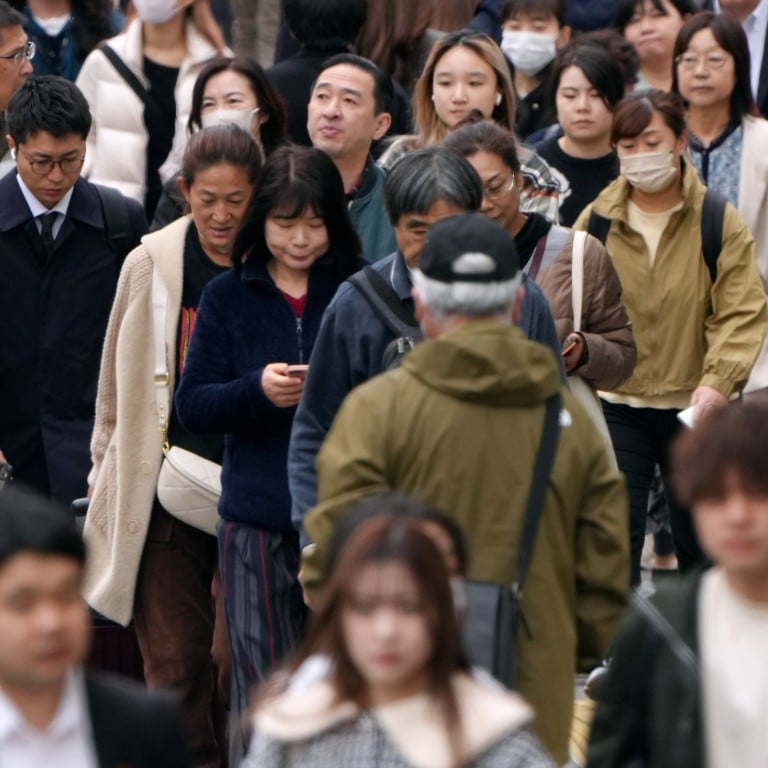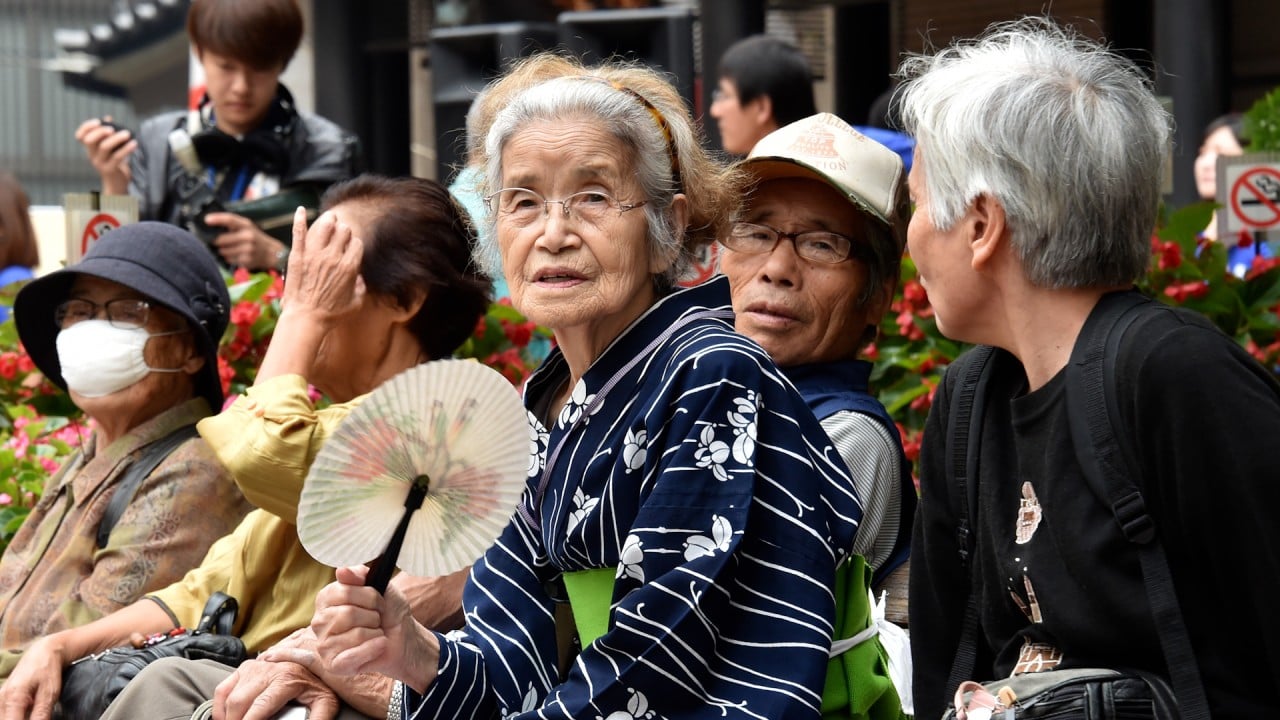
Japan’s reliance on foreign workers increases amid deepening labour shortage, ageing population
- Japan’s foreign workers topped 2 million for the first time ever, underlining the nation’s growing reliance on external manpower to mitigate its labour shortage
- Vietnam was the biggest supplier of workers as of the end of 2023, accounting for about 51 per cent of people that entered the country as ‘technical interns’
Small and medium-sized enterprises are among those most severely affected. The number of bankruptcies attributed to manpower constraints reached a record high last year, with 75 per cent of those businesses employing fewer than 10 people, according to a report by Teikoku Databank.
Friday’s report also showed that small businesses were more likely to rely on foreign staff. About three out of five of the roughly 319,000 establishments that hire non-Japanese staff have no more than 30 employees in total.
According to the latest tally, the manufacturing sector had the largest number of foreign workers, followed by the service and retail industries. Construction workers also increased by 24 per cent over the previous year, the largest hike for any industry. That is consistent with a labour ministry survey that identified the building sector as one reporting the second most serious labour shortage after the healthcare sector.
In response to criticism over human rights concerns, the government is now revamping the programme. It was initially designed to teach foreigners new skills, but some workers claim they weren’t paid or faced other kinds of abuse. The government expects the numbers of interns to continue to grow under the scheduled revision.


